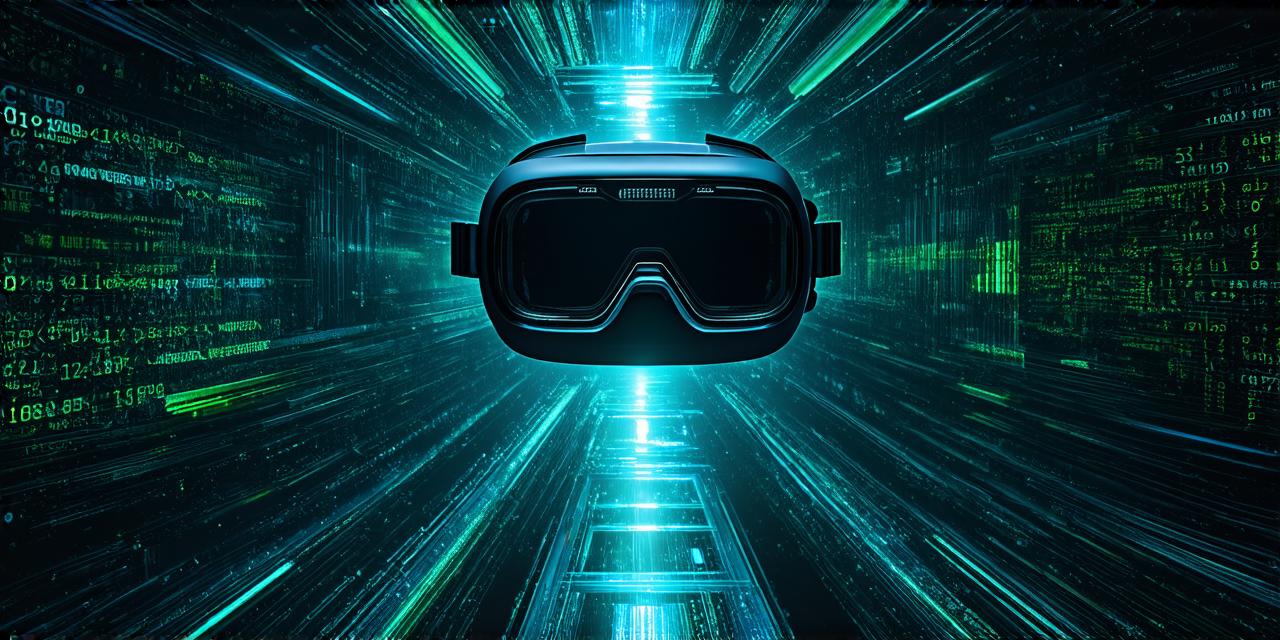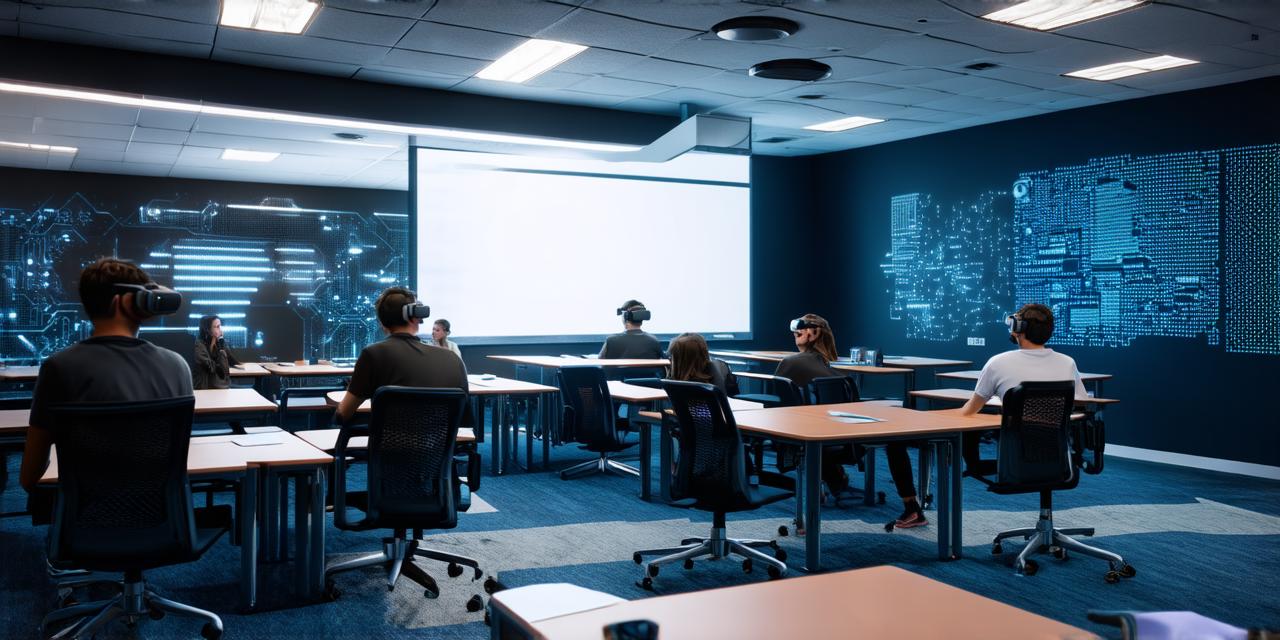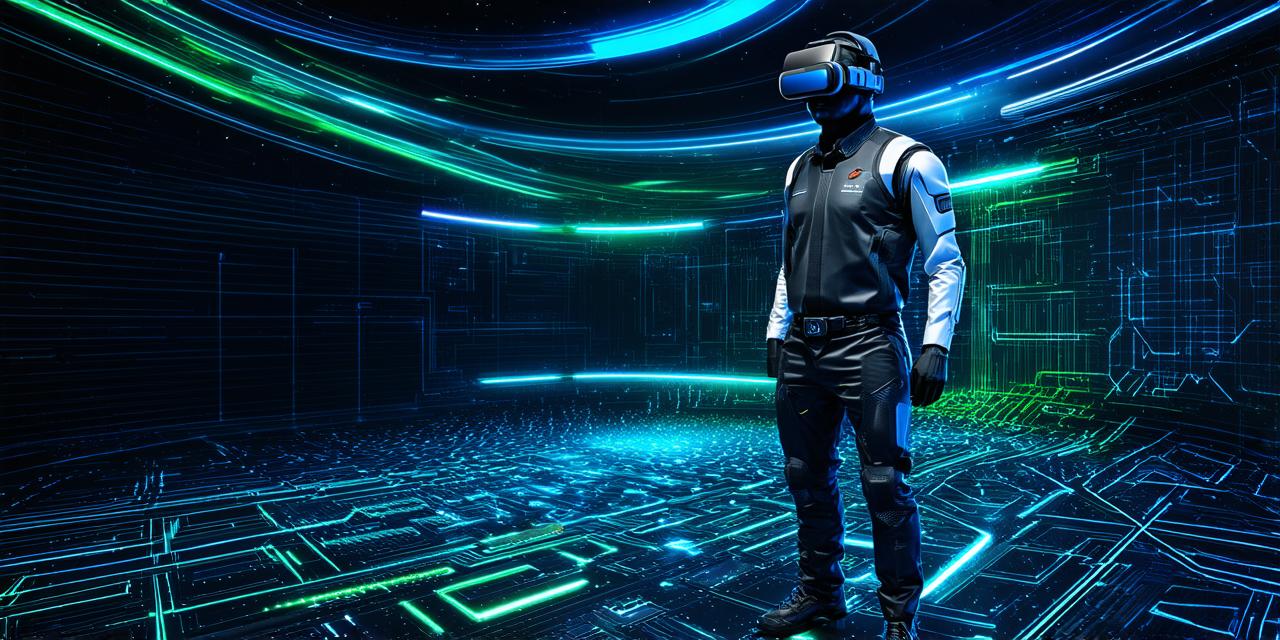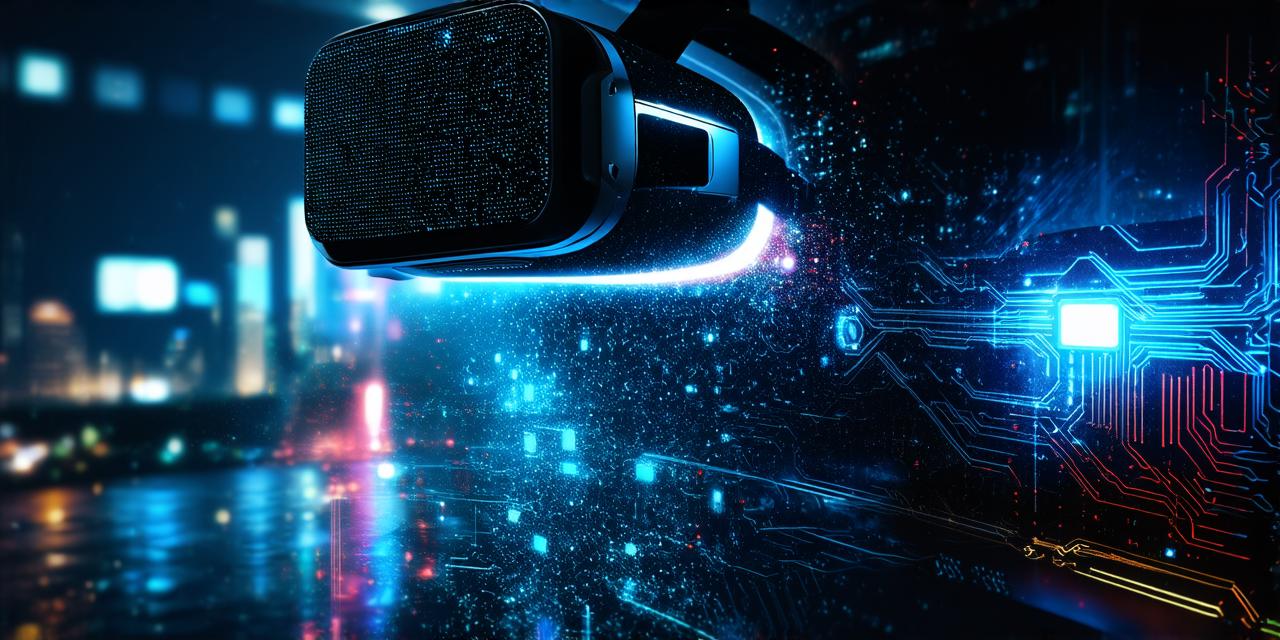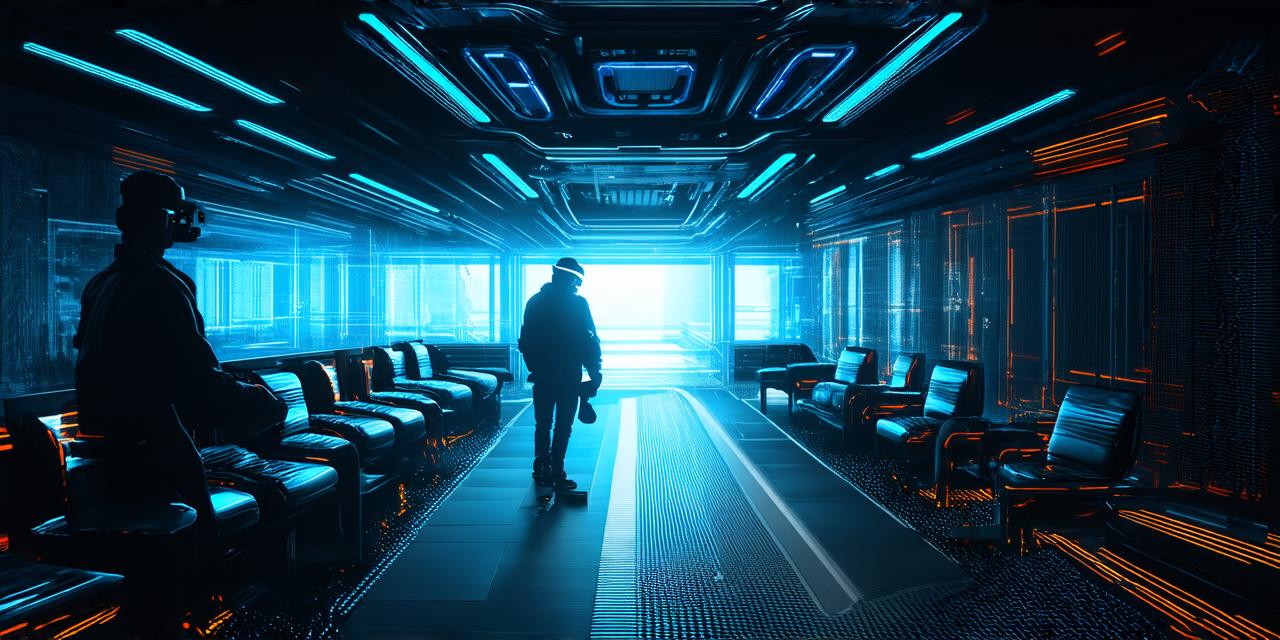The Rise of Augmented Reality (AR)
Before we dive into the topic of VR becoming too realistic, let’s first take a look at the rise of augmented reality (AR). AR technology allows users to overlay digital information onto the real world, creating an interactive and immersive experience. This has been used in a variety of applications, including gaming, education, and even medical training.
One of the key advantages of AR is that it allows users to interact with virtual objects in a way that feels natural and intuitive. For example, a surgeon can use an AR headset to visualize a patient’s anatomy in real-time, making it easier to perform complex procedures. Similarly, a student can use an AR app to learn about the solar system by overlaying digital information onto the sky.
The Challenge of Creating Immersive VR Environments
One of the biggest challenges that AR developers face is creating immersive virtual environments that feel real. This requires a deep understanding of human psychology and how we perceive the world around us.
For example, when designing a VR environment, it’s important to consider things like lighting, sound, and texture. These factors all play a role in creating a sense of presence and immersion, making it feel like the user is actually in the virtual world.
However, even with the best technology and design, there are still limitations to what VR can achieve. For example, the human brain is wired to perceive certain things in a certain way – such as gravity and perspective. While VR technology can simulate these factors to some extent, it’s still difficult to create an environment that feels completely realistic.
The Impact on Developers
As VR technology continues to advance, some developers are starting to feel that it’s becoming too realistic – to the point where it’s starting to feel like reality itself. This can have a significant impact on developers, both in terms of their creativity and their mental health.
For example, if a developer is trying to create an immersive VR environment that feels completely realistic, they may struggle with feelings of disorientation or even anxiety. Similarly, if a developer is working on a project that requires them to spend long hours in a virtual world, they may start to feel isolated from the real world – and from other people.
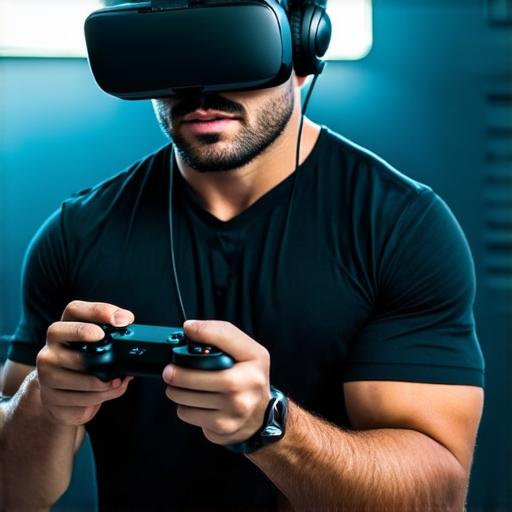
In addition, as VR technology becomes more advanced, it’s likely that we’ll see more and more examples of people becoming addicted to virtual worlds. This can have serious consequences for their mental health and well-being, as well as for their relationships with others.
Real-Life Examples
To illustrate the challenges of creating immersive VR environments that feel real, let’s take a look at some real-life examples.
One example is the VR game “Job Simulator,” which was created by Owl Labs. The goal of the game is to simulate various jobs in a virtual world, such as being a chef or a doctor. While the game is designed to be fun and engaging, some users have reported feeling disoriented and anxious after playing for extended periods of time.
Another example is the VR experience “The Lab,” which was created by Valve Corporation.
